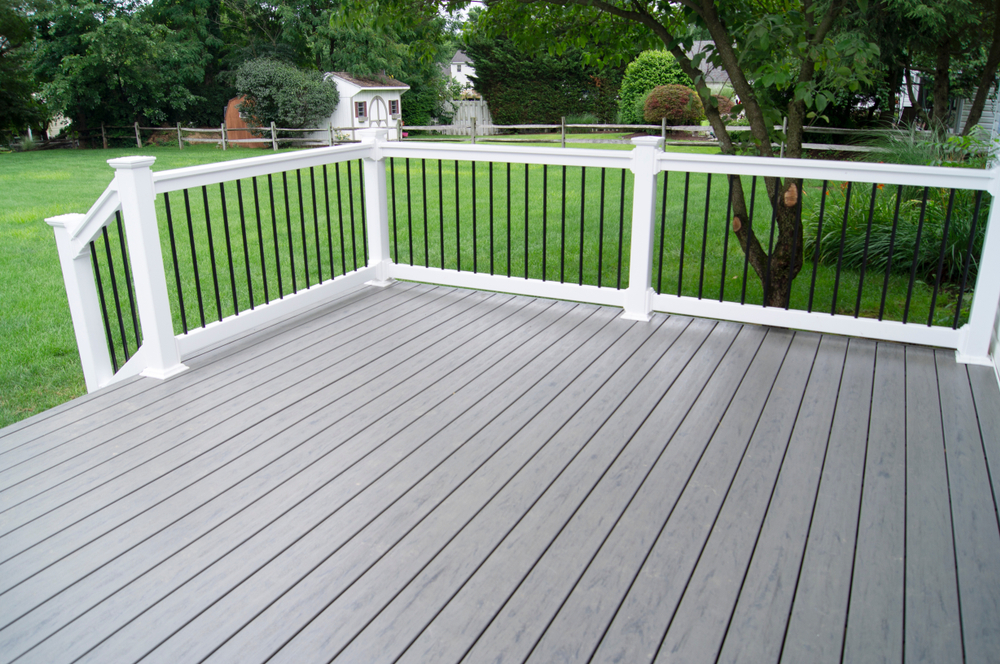Fixing an Uneven Lawn

Have you found a lump, bump, or hole in your lawn? This is a common problem for most homeowners. Lawns can settle over time and become less-than-perfect no matter what type of grass you have. The good news is — you can fix an uneven lawn and amp up your curb appeal in the process. Here’s what you need to know to get the job done.
Determine what’s causing the problem
Before you begin leveling out your lawn, you should get to the bottom of why it’s uneven in the first place. For example, if you have an indentation in the lawn near water pipes that is causing drainage issues, then you should see drainage solutions Lenexa and consult a professional to repair the pipes. Other things that can cause your lawn to become uneven include:
- Ground settling because of seasonal freeze/thaw cycles.
- Diseased grass.
- Buried objects, like dead tree roots that decay and sag.
- Animals burrowing under the grass.
Choose the right time
If you’re going to fix your uneven lawn, then you need to choose the proper time. The best time to fix your lawn is during the active growing season. In most locations this is from spring to mid-autumn. Try to avoid repairing the lawn in the heat of summer when it is already stressed from lack of water and high temperatures. Choose a cooler stretch of weather when your grass will have a better chance of recuperating. Lawn treatment as well as doing soil stabilization is also important for improving grass growth and protecting soil from environmental stressors such as rain and drought.
Fixing shallow holes with topdressing
The easiest way to fix a shallow hole in your lawn is by topdressing. It’s best to choose a topsoil that matches the area you’re trying to repair. If possible, take topsoil from another area of your yard, perhaps a garden bed. In cases where topsoil is not available, sand can also be used. Prepare your grass by doing some lawn mowing, just do it with the mower on the lowest setting. Aerate and dethatch or rake the area. Apply the topdressing with a shovel a little bit at a time. Avoid completely covering the grass and rake to even out the topdressing. Then water the grass. You can also reseed the area at this time if you like. Be sure to keep it watered throughout the season. If the topdressing settles and there’s still a depression, repeat the process.
Fixing shallow holes with dirt
Another popular technique to fill shallow holes is to lift up the turf and sweep dirt underneath. Cleanly cut the turf around the area that is sunken and carefully remove. Spread a layer of topsoil or potting soil to level the area and water to remove air pockets. Then replace the turf and press into place. Keep an eye on the patch and water as needed.
Fixing deeper holes
If you’ve got a hole that is deeper than two inches, then your best bet is to fill the hole with soil mix and reseed. It will be easier to get new grass to grow in this area than to try to topdress the existing grass. Make sure to compact the soil so it settles to the right height and keep the area watered throughout the season.
Compliments of Virtual Results




 Moving — it’s one of those things that’s fun once you get settled in your new destination, but stressful when you’re in the midst of it. Deciding how to get your stuff from Point A to Point B can be overwhelming given how many different options you have. One of the most popular choices is self-servicing moving. But what does that mean, and it is right for you? Let’s look at the pros and cons.
Moving — it’s one of those things that’s fun once you get settled in your new destination, but stressful when you’re in the midst of it. Deciding how to get your stuff from Point A to Point B can be overwhelming given how many different options you have. One of the most popular choices is self-servicing moving. But what does that mean, and it is right for you? Let’s look at the pros and cons.
 Nothing updates your home like a fresh coat of paint! A new
Nothing updates your home like a fresh coat of paint! A new  Your credit history and credit score are key components that lenders will evaluate when you apply for a mortgage. The better your credit score, the better your terms will be on your home loan. But what happens if your credit score is lower than you’d like it to be? It can certainly affect not only the rate your receive, but whether or not you qualify at all. If you’d like to repair your credit so that you can buy a home, then here’s what you need to do.
Your credit history and credit score are key components that lenders will evaluate when you apply for a mortgage. The better your credit score, the better your terms will be on your home loan. But what happens if your credit score is lower than you’d like it to be? It can certainly affect not only the rate your receive, but whether or not you qualify at all. If you’d like to repair your credit so that you can buy a home, then here’s what you need to do.


 Are you getting a little tired of looking at your stuff at home? Is it time for a change? Well, here’s a secret – you don’t have to leave the house or spend any money to rejuvenate your home’s style. It just takes looking at your things with a fresh perspective. Check out these tips to spruce up your home with items you already own.
Are you getting a little tired of looking at your stuff at home? Is it time for a change? Well, here’s a secret – you don’t have to leave the house or spend any money to rejuvenate your home’s style. It just takes looking at your things with a fresh perspective. Check out these tips to spruce up your home with items you already own. Is buying a home your New Years resolution for 2019? Are you unsure where to start? While buying a home can be a complex process, there are steps you can take now so that you’re more prepared when the time comes. Here’s how to get yourself ready (and excited!) to find your dream home in 2019.
Is buying a home your New Years resolution for 2019? Are you unsure where to start? While buying a home can be a complex process, there are steps you can take now so that you’re more prepared when the time comes. Here’s how to get yourself ready (and excited!) to find your dream home in 2019.

 Catch Our Feed
Catch Our Feed Subscribe via Email
Subscribe via Email Follow Our Tweets
Follow Our Tweets Friend Us On Facebook
Friend Us On Facebook Watch Us On Youtube
Watch Us On Youtube